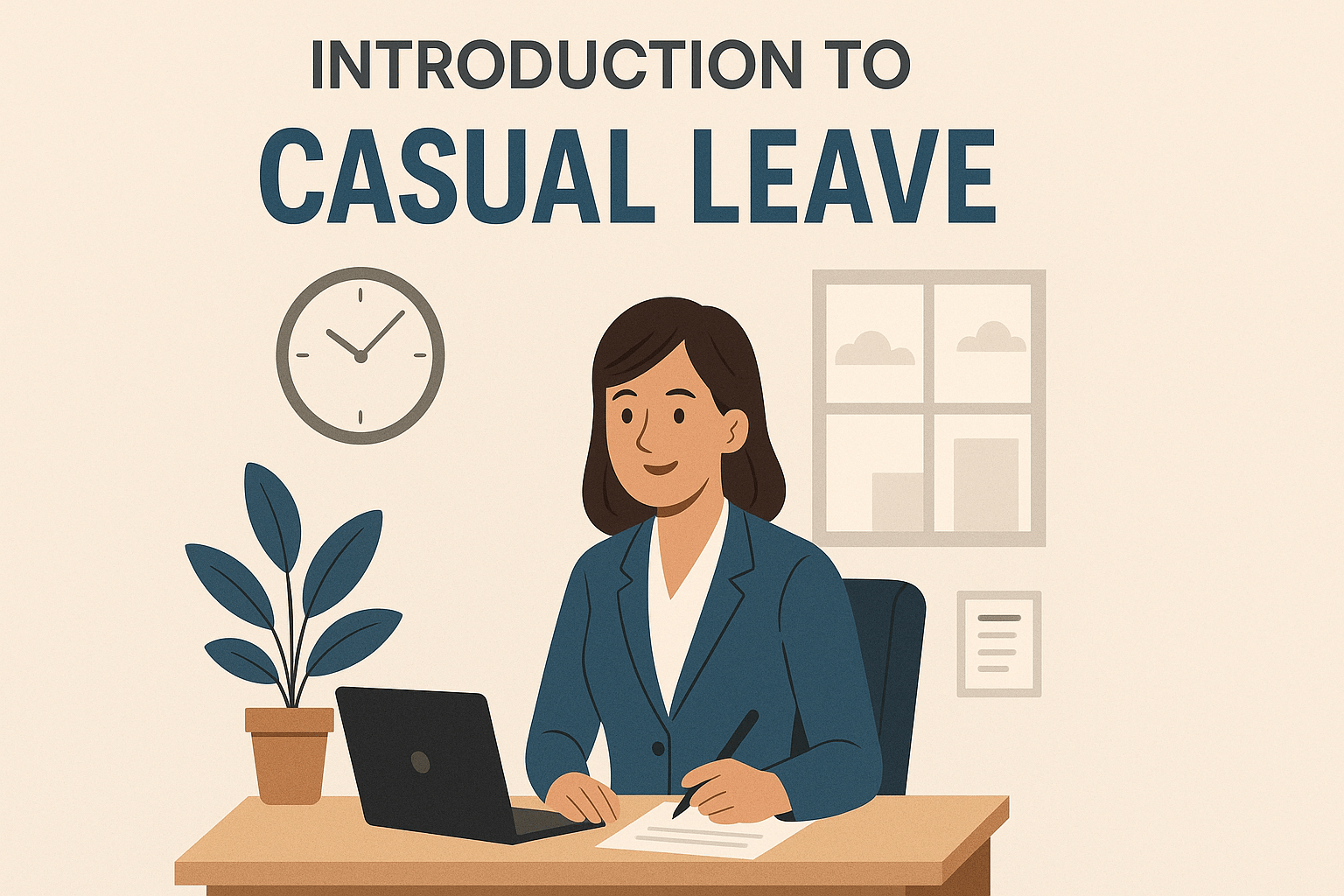Does the 4-day work week really work?

Everyone loves a long weekend, right?
Having another day to play with gives us the opportunity to make bigger, better plans for our free time. Weekend getaways become more appealing, as there’s less need to rush and less reason to worry about returning to work worn out. Better still, a little more time gives us the option to venture further from home.
Alternatively, you can use that extra day to relax at home: to catch up with friends, cross a couple of things off your personal ‘to-do’ list, or curl up on the sofa and binge that series on Netflix. Whatever someone decides to do their long weekend, they tend to return to work refreshed and recharged.
But what if that was the case every week? What if the 4-day work week became the norm?
Now, while that may seem like a pipedream, experiments have with a shorter work week have been conducted in countries like Japan, Sweden, and New Zealand, with varying degrees of success. Add that to the fact that UK workers have one of the longest working weeks in Europe – but that doesn’t translate into having the highest rates of productivity – and we might be primed for a paradigm shift.
With that in mind, this post explores the benefits and drawbacks of a 4-day work week and if it really works.
Why a 4-day work week?
Quite simply, because the conventional way of doing things may be outdated. The 5-day week is a holdover from the 19th century, where factory work was the norm. However, as the industrial age shifted to the information age, the majority of people moved from factories to offices. With that, came a change in the way we worked: there was less of a call for the same task repeated over and over a greater need for communication, co-operation, and individual decision making.
While how the majority of us earns a living has changed dramatically in the last 150 years or so, the 5-day work week has endured. However, the idea that longer hours mean more productivity just doesn’t hold up any more, and the 4-day work week might be the solution we’re all looking for.
Advantages of a 4-day work week
Better work-life balance
With an extra day to themselves, employees can (depending on how their work week is structured) enjoy a healthier work-life balance. The benefits of this include reduced burnout, fewer sick days, and an overall happier and more productive workforce.
Increased productivity
While greater productivity is likely to be a consequence of a more balanced lifestyle, a shorter working week could also result in employees making better use of the remaining time. One possible explanation for this is Parkinson’s law: the idea that work expands to fill the amount of time available to complete it.
Increased engagement
With more time away from the workplace, employees are likely to engage more with their work when they’re actually there. On a similar note, those employees that use some of their spare time for their professional development now have more to invest in their growth. Better still, other employees who previously felt they didn’t have enough time to work on their skills, could now be persuaded to enrol on a course they’ve long put off or something similar.
Increased employee retention
A 4-day work week can be an incredible incentive for an employee to stick with your company. Similarly, it can be an amazing ace to have up your sleeve for attracting and recruiting top talent.
Disadvantages of a 4-day work week
Despite the many benefits of a 4-day work week, it’s also not without its drawbacks. Here are a few disadvantages of working a day less a week.
Adopting the wrong approach
Adopting the wrong approach to the 4-day week can lead to it being detrimental to your staff’s productivity and welfare, instead of beneficial. If you choose to condense 5 days into 4, for instance, by lengthening the remaining days, this could cause burnout amongst your staff and see their productivity dip. Subsequently, they might need that extra day off to recover and will be unable to enjoy it as much as they could.
It doesn’t suit every business
A distinct disadvantage of the 4-day week is that it doesn’t work for every type of business. This includes those with production quotas and those in the service industry that require a 24/7 presence.
How does a 4-day week affect holiday entitlement?
Now, one of the first things your employees are going to wonder is how this working arrangement would affect their annual leave allowance. Depending on how you’d choose to implement your 4-day work week, it would go one of two ways.
On one hand, if you keep the standard 37.5-hour working week (condensing 5 days into 4), your employees’ holiday allowance won’t need to change. But, if you reduce the number of hours your staff are required to work, you’ll need to re-calculate their annual leave entitlement. Fortunately, this is simple:
- Statutory holiday allowance is calculated by multiplying the number of working days by 5.6.
- E.g., 5 (days) x 5.6 = 28 days
- For 4 days: 4 x 5.6 = 22.4 days
- If you offer more than the statutory minimum, then first divide your company’s allowance by 5 and then multiple that number by 4:
- If your company allowance is 32 days, then 32/5 = 6.4
- Allowance for 4-day work week = 4 x 6.4 = 25.6 days
No matter how many days your employees work, ScheduleLeave automates the tracking and updating of your staff’s holiday allowances. Looking for software to help with your company’s absence management? Sign up for a no-obligation free trial.



